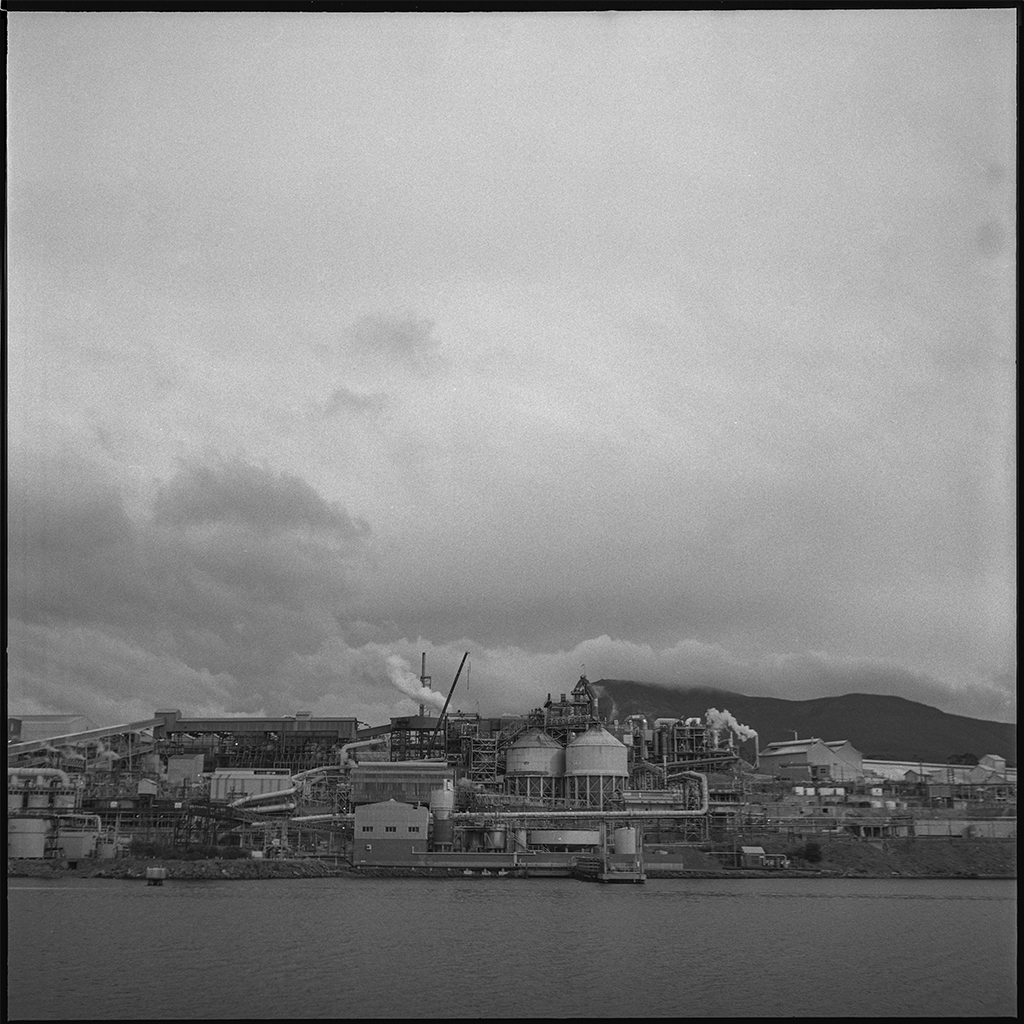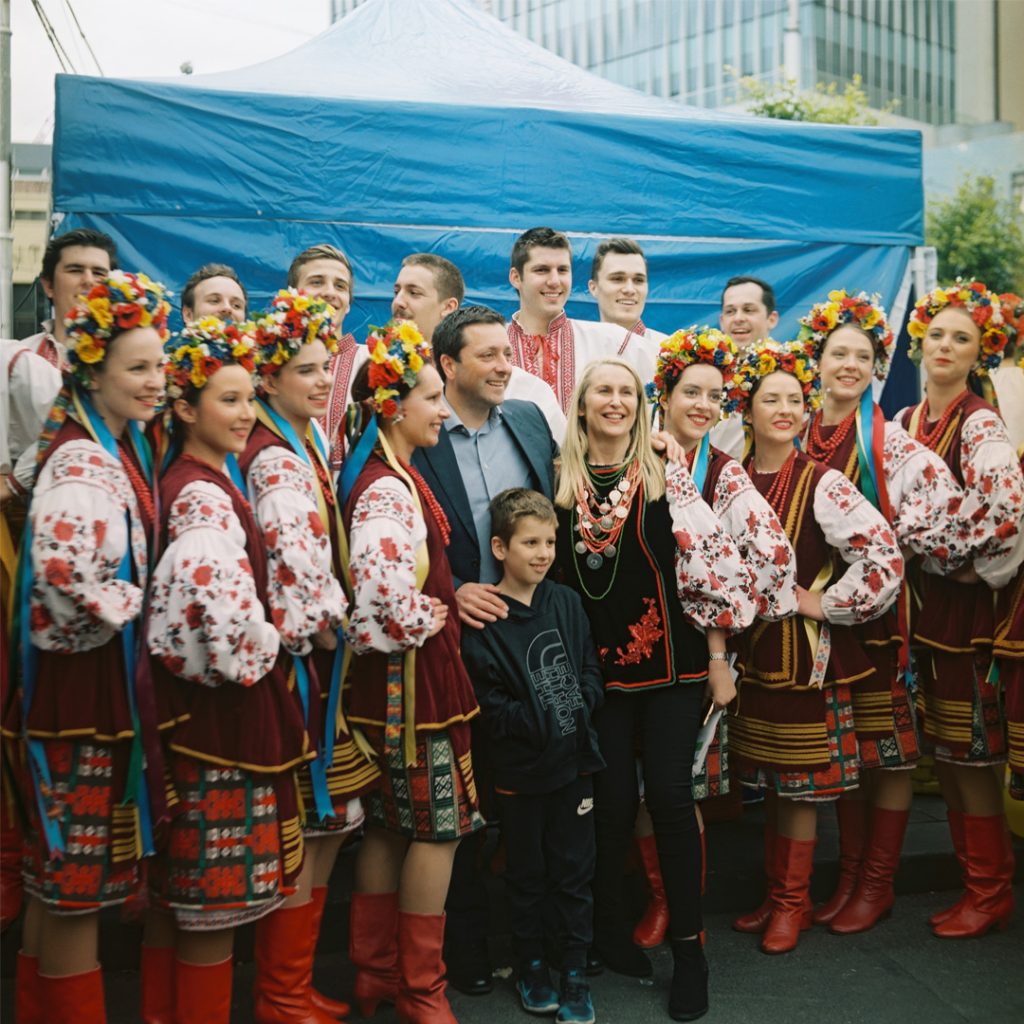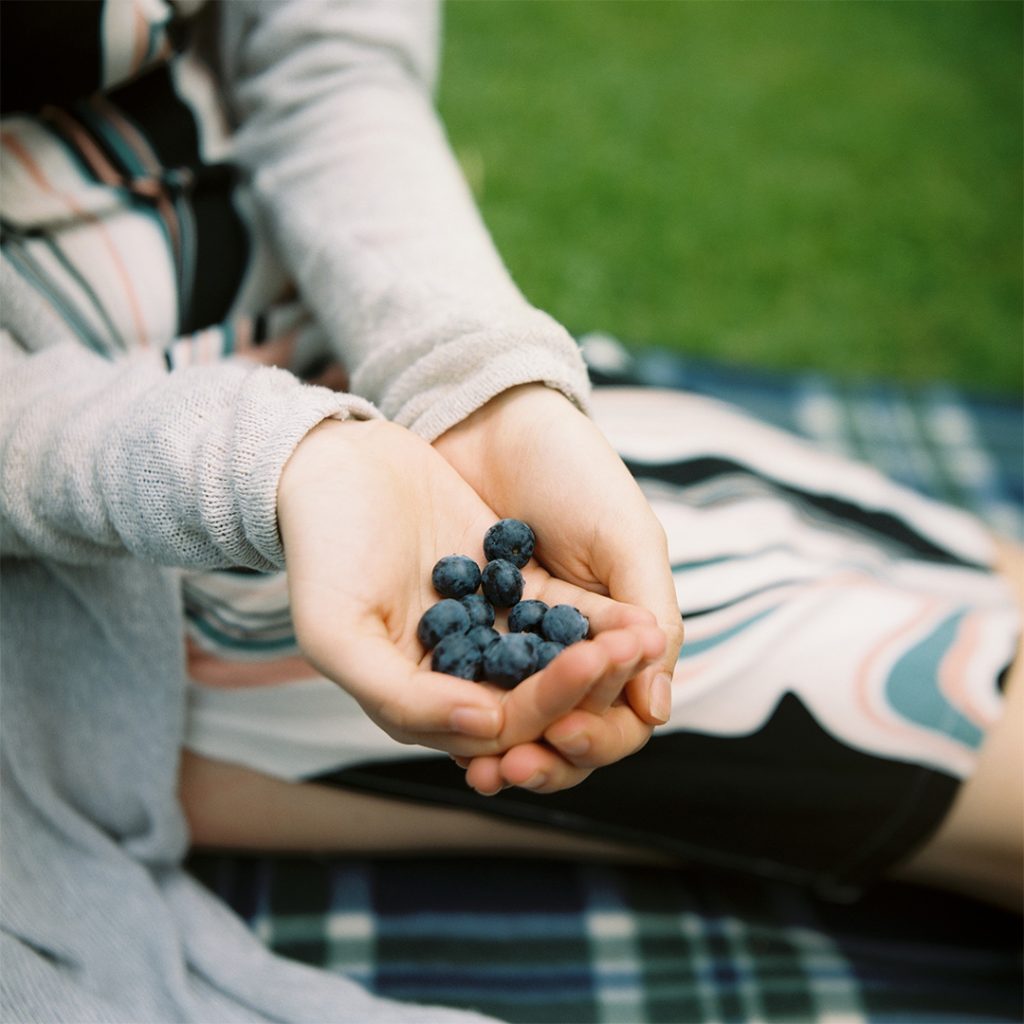Earlier this year I had the chance to purchase an excellent-condition Rolleiflex 3.5 (K4A) with full set of filters (coloured, U/V, etc.), a Rolleinar close-up lens, everready case, leather bag, and original papers for a total of $635 AUD ($445) on eBay. It was a great opportunity and an even better deal.
The image-taking mirrors and light sealing in old Rolleiflex cameras can begin to show degradation, so be aware of that if you purchase second-hand or via the internet. The Rolleiflex is largely user-serviceable if you have a general grasp of mechanical repairs and feel comfortable tinkering with mechanics.
My Rolleiflex features a 75 mm f/3.5 Zeiss Tessar lens, and shutter speeds from 1 to 1/500, bulb, and a working self-timer. The lens shows great colours and contrast, and provides sharp images when shot open at f/3.5. The viewing lens makes it easy to focus and compose images, and I do not find myself focusing back and forth excessively.
The Rolleiflex K4A is relatively simple in physical operation; shutter speed and aperture selection clearly visible on the front of the body while you look down into the camera and operate the focus. The shutter is silent and smooth, and a convenient lock undeneath the button allows you to prevent misfires and wasted frames.
Loading film can be tricky, and requires removing the leather case to access the back of the camera. This can be difficult in a hurry, and is worth considering. The design and operation of this camera otherwise make it easy to carry and incorporate into life; it is not bulky or heavy like a Hasselblad setup, and is so simple to operate.
The colour photographs in this review were scanned by Halide Supply, at 24 Peel Street in Collingwood, Melbourne. Halide Supply can develop camera film in Melbourne with a Fuji FP363SC, and they scan 35 mm and 120 film in Melbourne using a Frontier SP300 and Frontier SP500. Check them out for film developing and processing in Melbourne.
I absolutely recommend this camera for anyone that wants to explore the Rolleiflex line-up – or are currently condering changing from another 120 platform – and think it is the best way to enjoy medium-format photography. The results are worthwhile, and a reason artists throughout time have chosen the Rolleiflex and TLR design.
Rolleiflex 3.5 A (K4A) and Bay 1 Rolleiflex Yellow Filter with Kodak Tri-X 400 (Film self-developed and scanned by Halide Labs) – This landscape photograph was made while I was riding on a ferry near Hobart, Australia. I was surprised by the intricate detail recorded by the lens, even in a difficult shooting environment.

Rolleiflex 3.5 F (K4A) with Portra 400 (Film developed by Hillvale Photo and scanned by Halide Labs) – Photographs from the Ukrainian community in Melbourne’s community event. Large, busy crowds can make it tough to operate a camera effectively. The small body of the Rolleiflex made it easy to take photos and work around people.

Rolleiflex 3.5 F (K4A) with Portra 400 (Film developed by Hillvale Photo and scanned by Halide Labs) – The 75 mm Zeiss lens on my 3.5 F is great wide open, and easily manages flare. Colour and contrast are modern, and the rendering of non-focused areas is smooth and pleasing to the eye. The mechanical shutter is silent, and does not ruin the moment.

Rolleiflex 3.5 A (K4A) and Rolleinar Bay 1 with Fujicolor PRO 400H (Film developed and scanned by Halide Supply) – The Rolleiflex system has a number of great accessories. The Rolleinar is an excellent device that allows you to take close-up photographs of many different subjects.

Rolleiflex 3.5 A (K4A) with Fujicolor PRO 400H (Film developed and scanned by Halide Supply) – I enjoy using my Rolleiflex for landscape and daily photography. The results from processed film are high-quality, and do justice to the many colours in the natural world.

More Rolleiflex 3.5 A film scans and content at the links below
Rolleiflex 3.5 A and Fujicolor PRO 400H film
Rolleiflex Rolleinar 1 Bay 1 review with examples from modern film
[Header Image via Google Images]
–
Bryce Wilson is a photographer, filmmaker, and freelance photojournalist from Melbourne, Australia.
